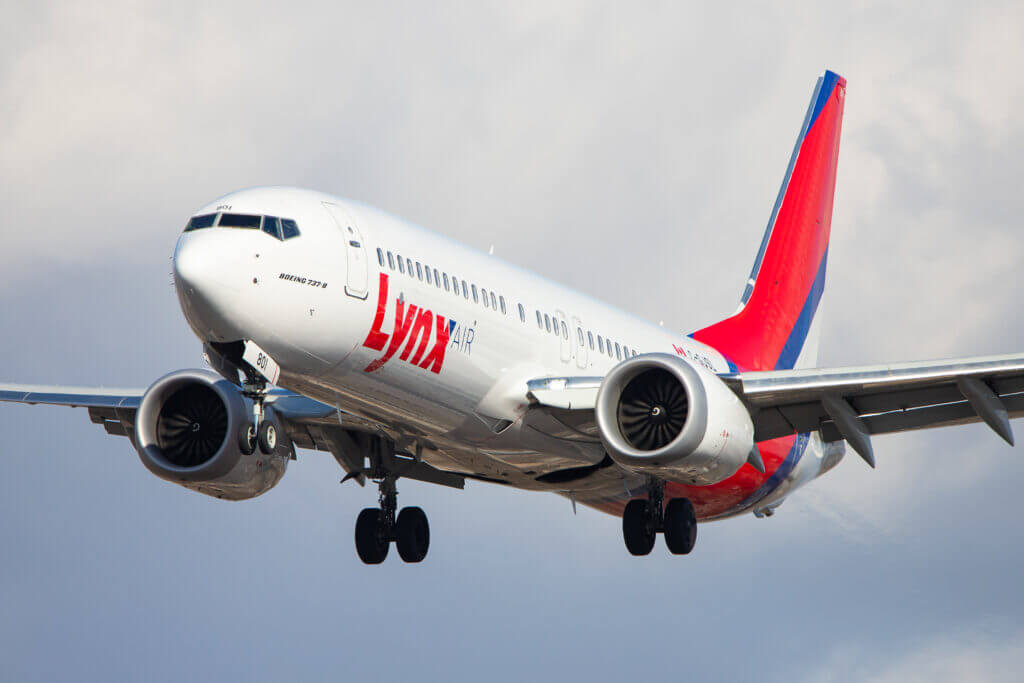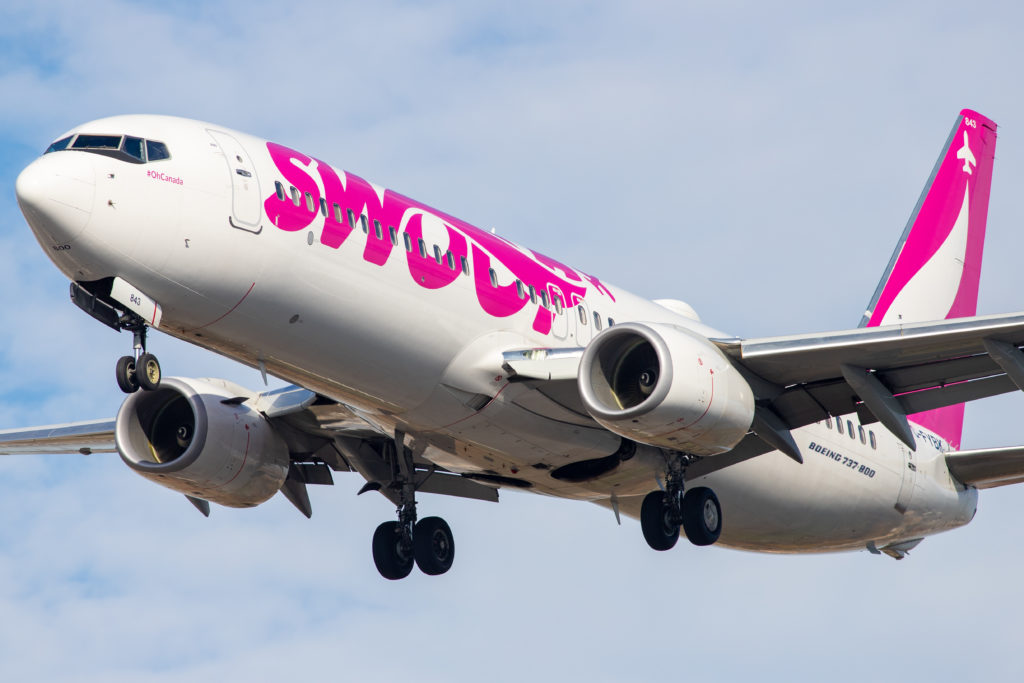Estimated reading time 7 minutes, 43 seconds.
Lynx Air’s recent filing for bankruptcy protection marks the latest in a series of notable flops in Canada’s aviation history.
Calgary-based Lynx, which categorized itself as an ultra low-cost carrier (ULCC), said in documents filed in Court of King’s Bench in Alberta that it encountered significant financial adversity. In February, the ULCC entered protection from creditors under the Companies’ Creditors Arrangement Act. FTI Consulting Canada Inc. is the court-appointed monitor in the case of Lynx.

Lynx’s hardships serve as a reminder of the difficulties that face new airline entrants seeking to find a niche in Canada. The carrier’s collapse has placed the spotlight again on the arduous task of trying to control operating expenses while seeking to lure consumers with low ticket prices.
The troubles at Lynx included being “highly sensitive to market fluctuations in operating costs, high fuel prices, exchange rates, increasing airport charges, and other factors within Canada’s competitive aviation landscape,” the company said in a statement posted through FTI.
Industry observers say those multifaceted “other factors” included the expansion of Toronto-based Porter Airlines, which will celebrate its 18th anniversary in October. As well, competition from Edmonton-based Flair Airlines, which has recently run into its own set of financial headwinds, contributed to Lynx’s woes.
“The compounding financial pressures associated with inflation, fuel costs, exchange rates, cost of capital, regulatory costs and competitive tension in the Canadian market provided significant financial challenges that Lynx Air ultimately could not overcome,” Lynx stated.
It has been tough for small, new entrants to reach a critical mass of market share in Canada. Jetsgo, for instance, battled unsuccessfully against Air Canada and WestJet. Both airlines have the clout to match airfares on competing routes and to offer incentives through their loyalty programs to keep frequent fliers.
Compared with Europe, Canada doesn’t have the population density to warrant greater frequency of air service. The country has a limited number of major cities, and those centres are geographically far apart, said Robert Kokonis, president and managing director of AirTrav, an aviation advisory firm based in Toronto.
“It’s tougher to make money on those longer trips because you’re burning more fuel, you’ve got more NAV Canada charges, you’ve got more crew duty time,” he said in an interview.

Over the years, Lynx and an array of startups have struggled to make ends meet during off-peak flying periods.
“We have that sharp summer season and we have that sharp sun season. But the shoulder seasons in between are the periods of the year where carriers tend to burn through a lot of cash,” said Kokonis.
In 2018, the federal government eased restrictions on foreign ownership of passenger and cargo airlines, allowing foreign investors to own a maximum of 49 per cent of the equity, compared with the previous 25 per cent. But Ottawa maintained a 25-per-cent cap on the voting interests by any single non-Canadian entity. Indigo Partners, an Arizona-based private equity fund, owns a 25-per-cent stake in Lynx.
Lynx and its predecessors have been trying to become a viable player in Canada’s aviation industry since 2008, when Enerjet launched flights as a stand-alone charter airline. Enerjet had used the temporary names Jet Naked and then FlyToo for its separate ULCC plans for scheduled service, before unveiling the Lynx brand in 2021. Enerjet’s backers included former WestJet co-founder Tim Morgan.
Calgary-based WestJet, founded in 1996, got off to a good start as it managed to attract budget-conscious travellers away from Air Canada and Canadian Airlines International. WestJet positioned itself to grow and eventually became the country’s second-largest carrier, after Canadian Airlines faltered financially and merged with Air Canada in 2000.
Montreal-based Jetsgo tried in vain to go head-to-head on major routes against Air Canada and WestJet. Over the years, others have focused on point-to-point flying on overlooked or underserved routes, and that strategy also has not panned out.

Since 2000, the list of failed ventures in Canada’s airline sector has been littered with commercial carriers that found themselves in over their heads. Canada 3000 and Roots Air shut down in 2001, Jetsgo closed in 2005, CanJet halted scheduled flights in 2006, Harmony Airways went out of business in 2007, and Zoom Airlines grounded planes in 2008. On the charter side, Skyservice Airlines closed in 2010.
History shows that many of those carriers had insufficient capital and failed to corral operating costs, and then couldn’t keep creditors at bay.
“It’s a cash-intensive industry,” said Kokonis.
Several airline subsidiaries have also faded away. Swoop flew its final flight in October 2023, ending more than five years as a ULCC under WestJet. Air Canada shuttered Tango as a low-cost carrier in 2003, though the name Tango continued as the economy class of seating for Air Canada customers buying tickets from 2003 to 2018.








